The cat tongue is covered in sharp, rear-facing spines called papillae, the precise function of which is a mystery. In a combined experimental and theoretical study, researchers at the Georgia Institute of Technology explored how cats groom fur using these fine structures.
Cats love to groom themselves almost as much as they love to sleep, spending up to one-quarter of their waking hours cleaning their fur.
The Georgia Tech researchers found that felines from housecats to lions and tigers all have those scoop-shaped spines on their tongues, so they must be important.
Using CT scans to get up close and personal with cat tongues to learn their secrets. The researchers found that the scoops help saliva penetrate thick fur down to the skin, to help cats get clean and stay cool.
“The cat tongue is most recognized for its hundreds of sharp, backward-facing keratin spines called filiform papillae,”
– Georgia Tech scientists Alexis Noel and David Hu.
Each lick of the tongue deposits nearly 50% of the fluid on the tongue onto fur and can deliver a substantive fraction of the cooling effect required for regulating body temperature.
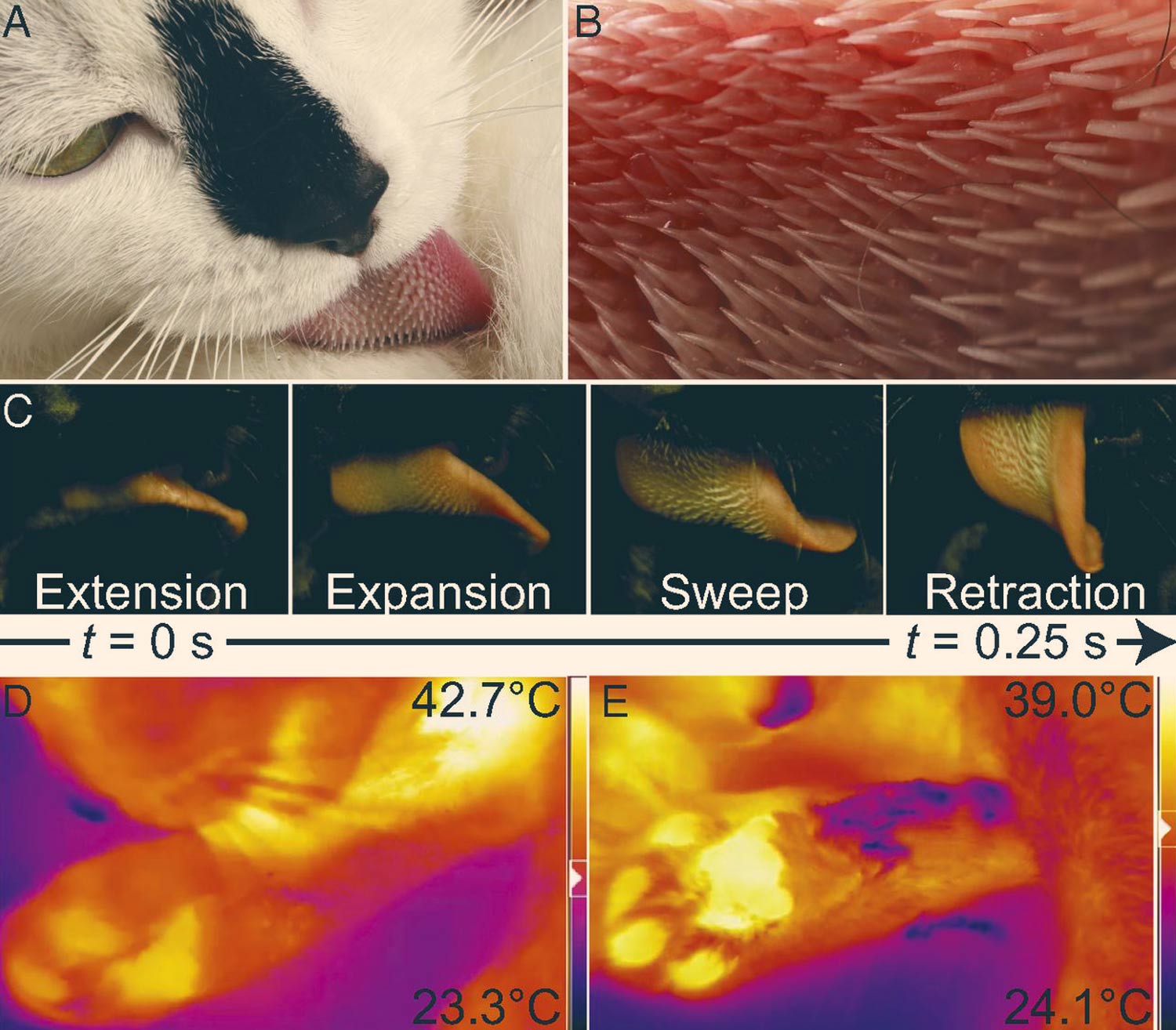
The researchers say fastidious cats just might inspire better brushes and cleaning tools for pets and people. The findings are reported Monday in the Proceedings of the National Academy of Sciences.
Reference:
Alexis C. Noel and David L. Hu Cats use hollow papillae to wick saliva into fur PNAS published ahead of print November 19, 2018 https://doi.org/10.1073/pnas.1809544115

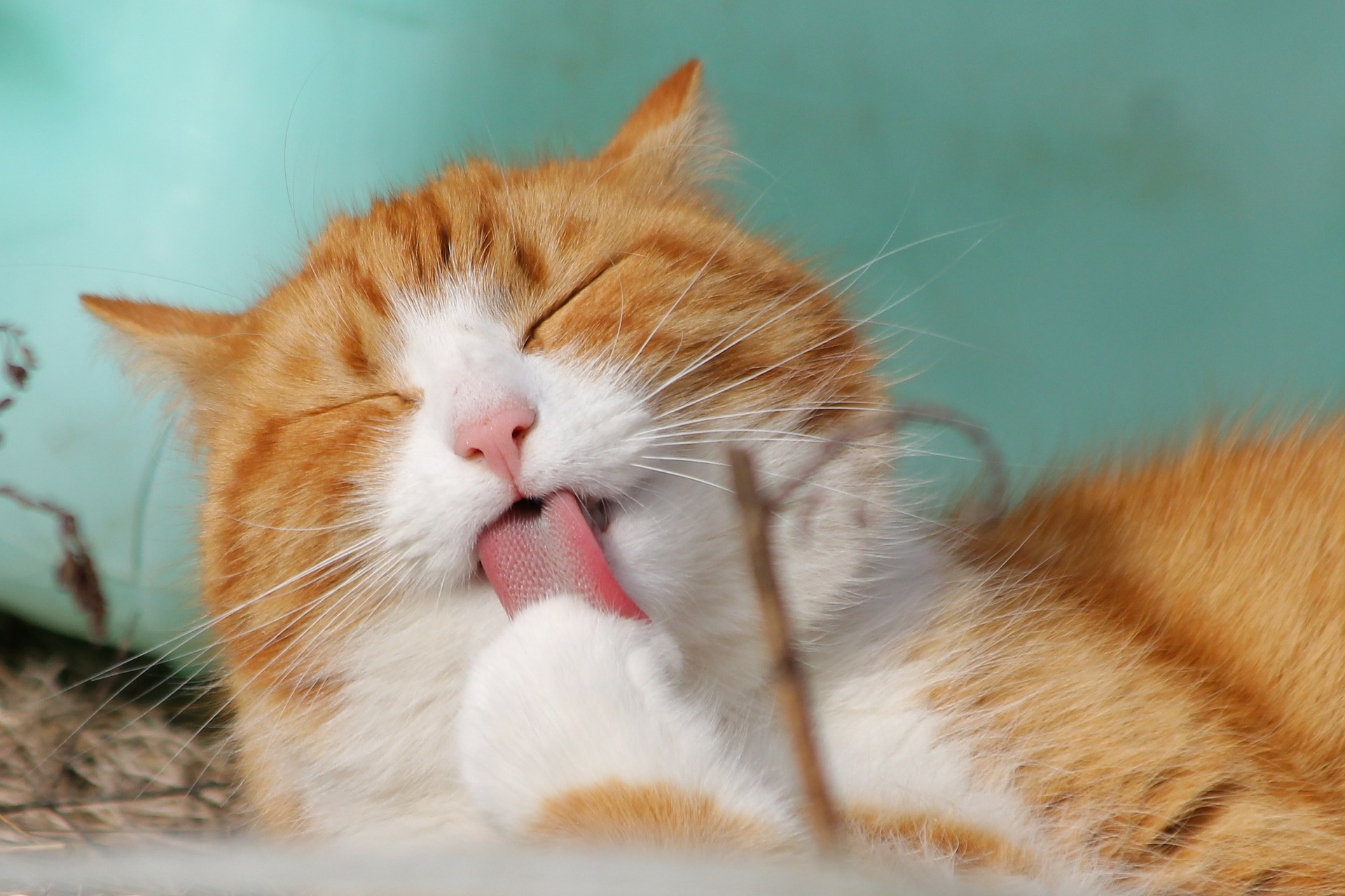

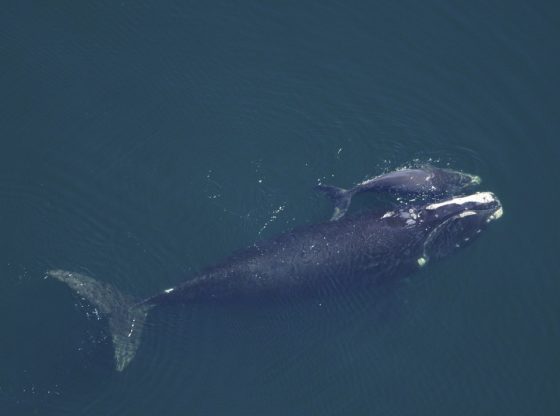
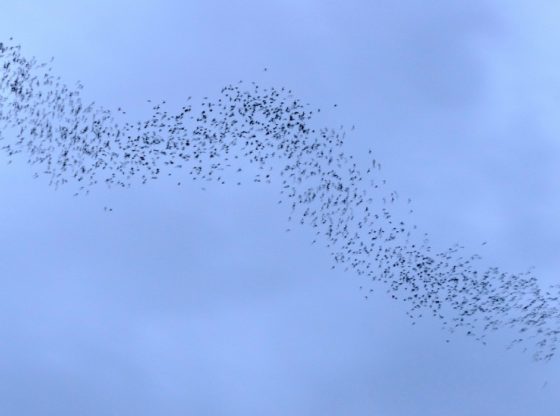
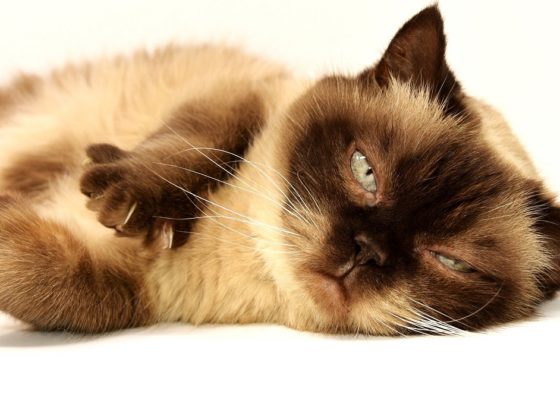
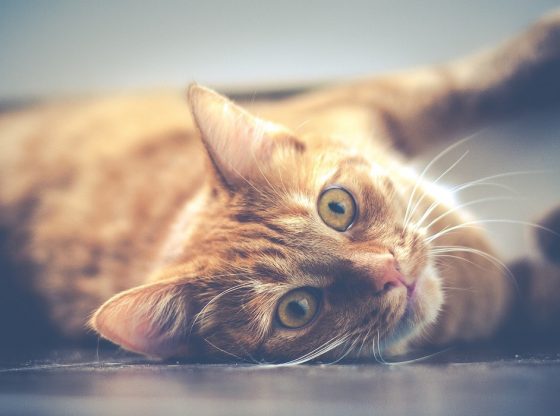
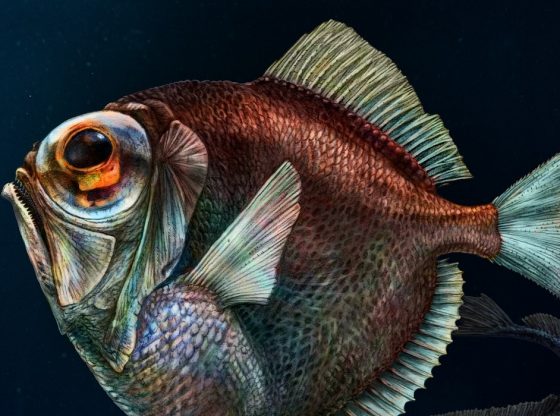
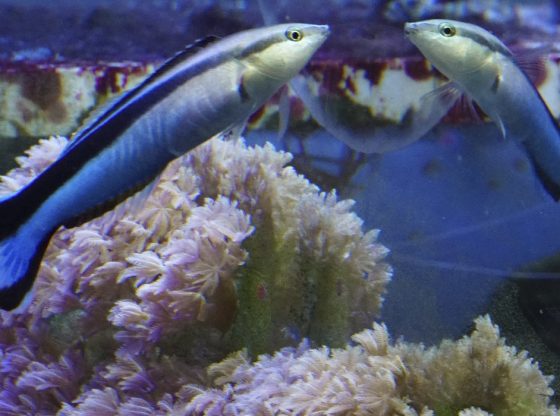


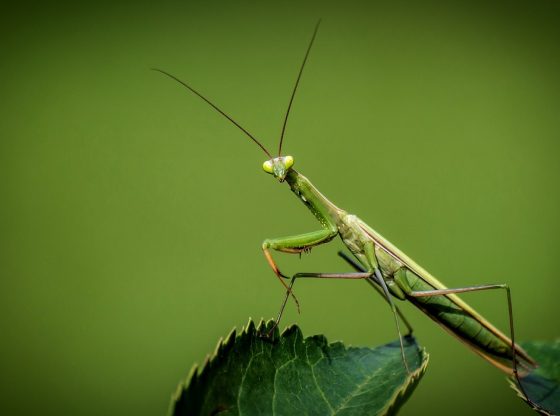
![OpenAI. (2025). ChatGPT [Large language model]. https://chatgpt.com](https://www.illustratedcuriosity.com/files/media/55136/b1b0b614-5b72-486c-901d-ff244549d67a-350x260.webp)
![OpenAI. (2025). ChatGPT [Large language model]. https://chatgpt.com](https://www.illustratedcuriosity.com/files/media/55124/79bc18fa-f616-4951-856f-cc724ad5d497-350x260.webp)
![OpenAI. (2025). ChatGPT [Large language model]. https://chatgpt.com](https://www.illustratedcuriosity.com/files/media/55099/2638a982-b4de-4913-8a1c-1479df352bf3-350x260.webp)








